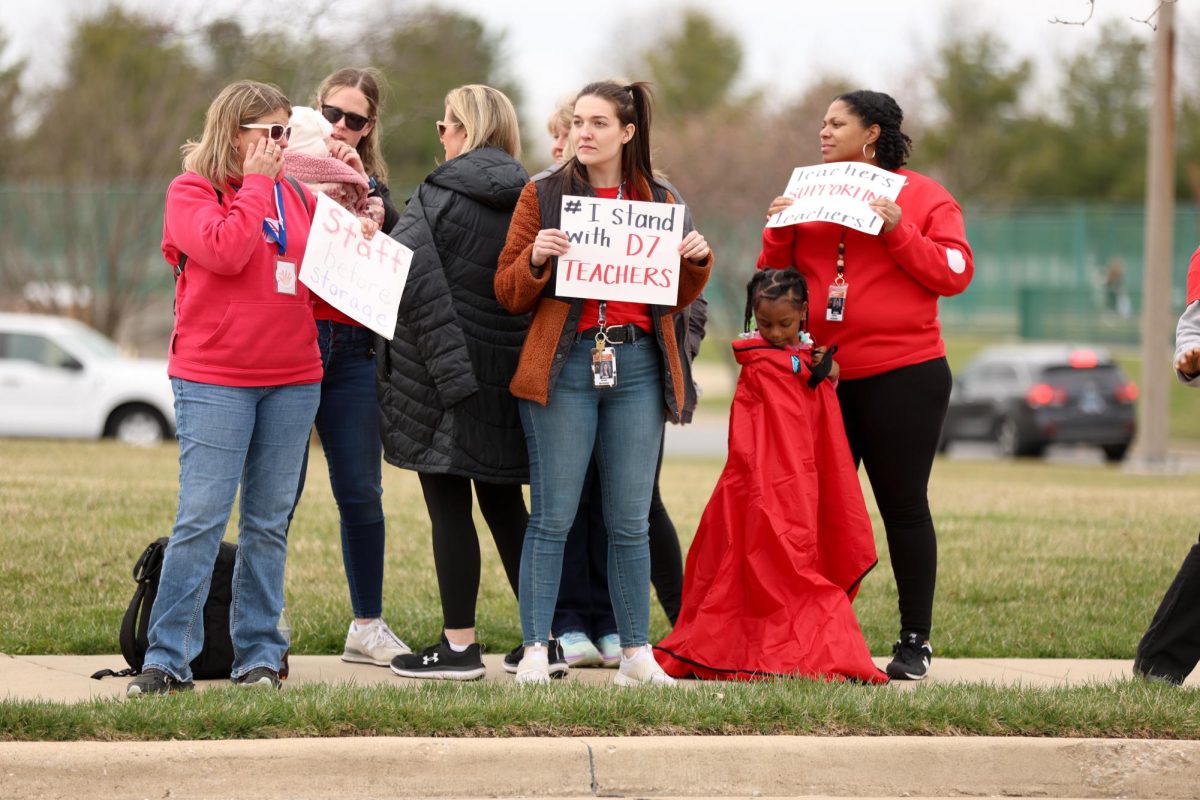Alternate Ending Changes Message of ‘Thirteen Reasons Why’
January 5, 2017
To many teenagers, reading is a dull requirement of passing high school, but to me, reading is one of the most exciting ways to spend time. My whole life I have enjoyed reading. From fantasy to realistic fiction, I have read at least 100 of the most recommended contemporary novels for teens.
When I first read “Thirteen Reasons Why,” I wasn’t prepared for how the book would provoke emotion. Tackling suicide in the form of a novel aimed at a teen age group is touchy, but author Jay Asher manages to execute discussing the sensitive topic well.
“Everything affects everything.” This point from the book is driven into the reader’s mind and it made me question all of my own actions and words.
The story begins when Hannah Baker sends 13 cassette tapes to 13 people who played a part in her suicide including the protagonist, Clay, who had a crush on her. When he received the tapes, Clay assumed that he must be one of the thirteen reasons why.
Clay struggles to figure out what he did to play a part in her death but learns that she just wanted him to hear her story to explain why she did it. This helps Clay come to terms with her death and move on.
While we cannot blame others for one’s decision to take his or her life, there is certainly a “snowball effect” that the book discusses, causing every little thing to add up into one giant mess of depression that can be difficult to get out of.
On Dec. 27, 2016, Asher released the 10th Anniversary Edition of his best-selling novel with an alternate ending—one where Hannah lives.
While we live for happy endings, this was one that completely changed the initial message of the story telling us to act before it’s too late. In his original book, Asher was able to connect with teens who felt the same way as Hannah and help them become inspired to live their life to the fullest.
Hannah’s death showed that suicide is a permanent choice that happens every day. According to the Parent Resource Program, 5,240 suicide attempts occur among children ages 12-18 each day.
The novel encouraged people to become more aware of the warning signs of depression leading to suicide. The Parent Resource Program says that four out of five teens who attempt suicide have given these clear warning signs, so by educating ourselves, we can help prevent others from ending their own life.
The original publication ends with Clay noticing someone else who showed signs of suicide and him trying to help her. This is Clay’s chance to feel redeemed after feeling like he could have done something to save Hannah. It expanded on the message of the book, causing him to take action.
Her death caused everyone who listened to the tapes to rethink their actions and how they treated her, but in the alternate ending, her living takes those feelings of remorse away.
The novel will be turned into a Netflix mini-series with 13 episodes each representing one tape. It is unknown whether or not the ending will be changed, but hopefully this provides the chance to spread the book’s message to a wider audience.
With or without the proper ending, “Thirteen Reasons Why,” has resonated with many young adult readers for the past 10 years and has the potential to save someone’s life.
“No one knows for certain how much impact they have on the lives of other people,” Hannah said. “Oftentimes, we have no clue. Yet we push it just the same.”











